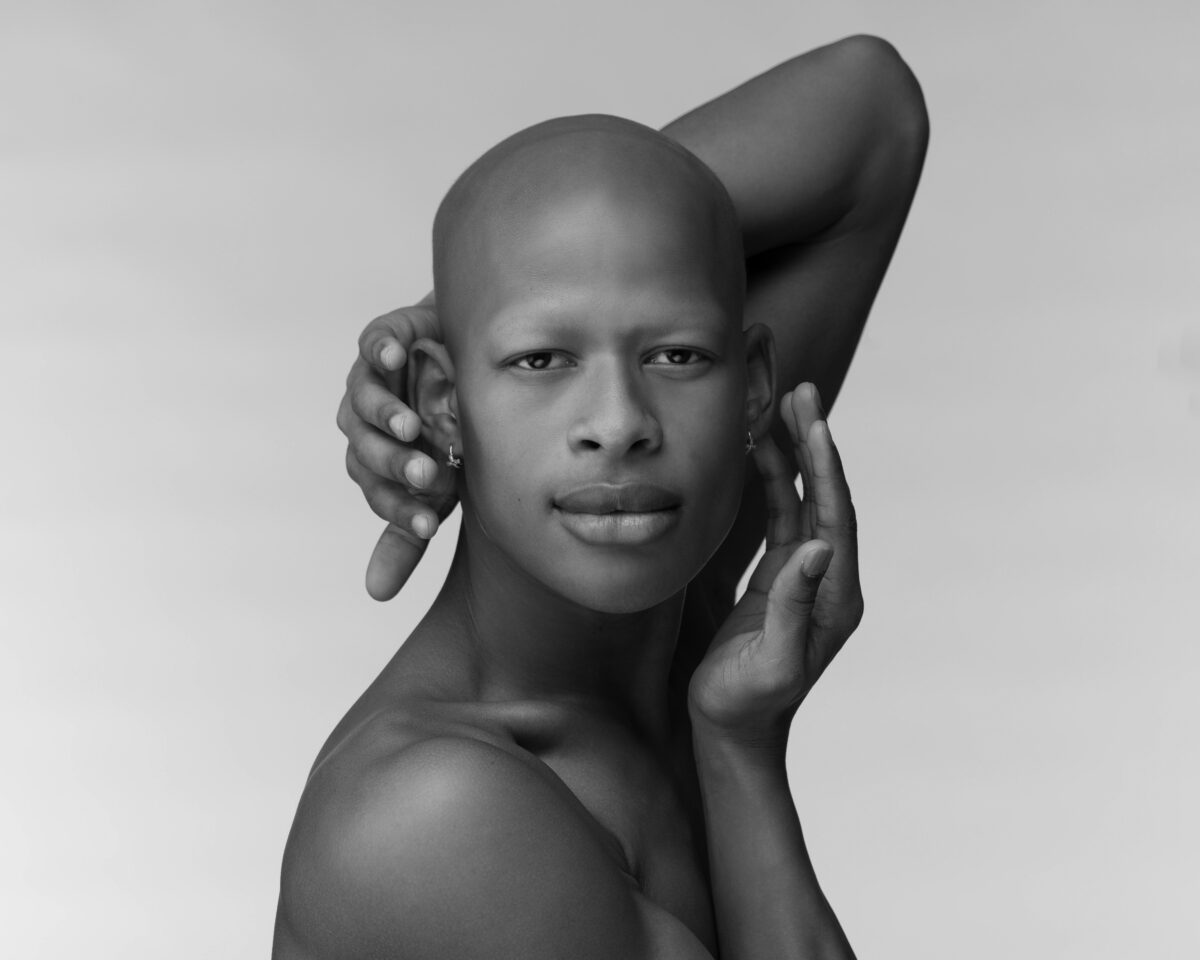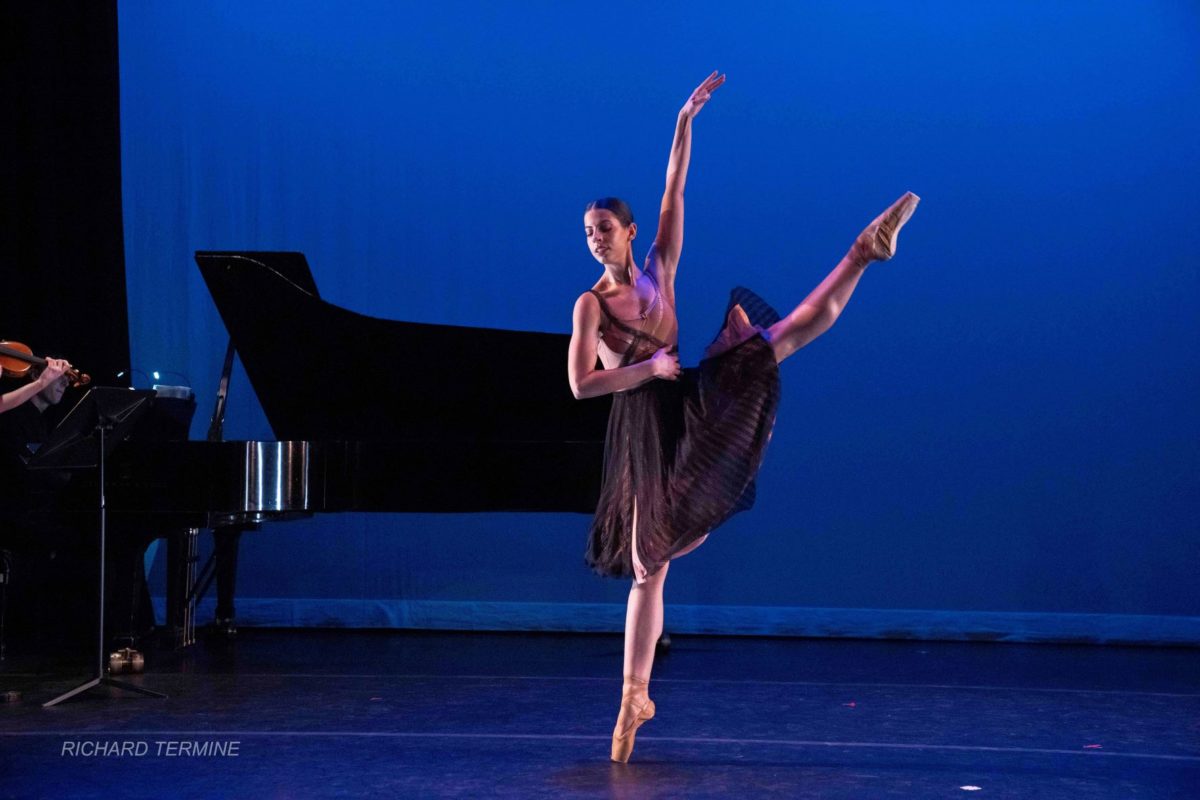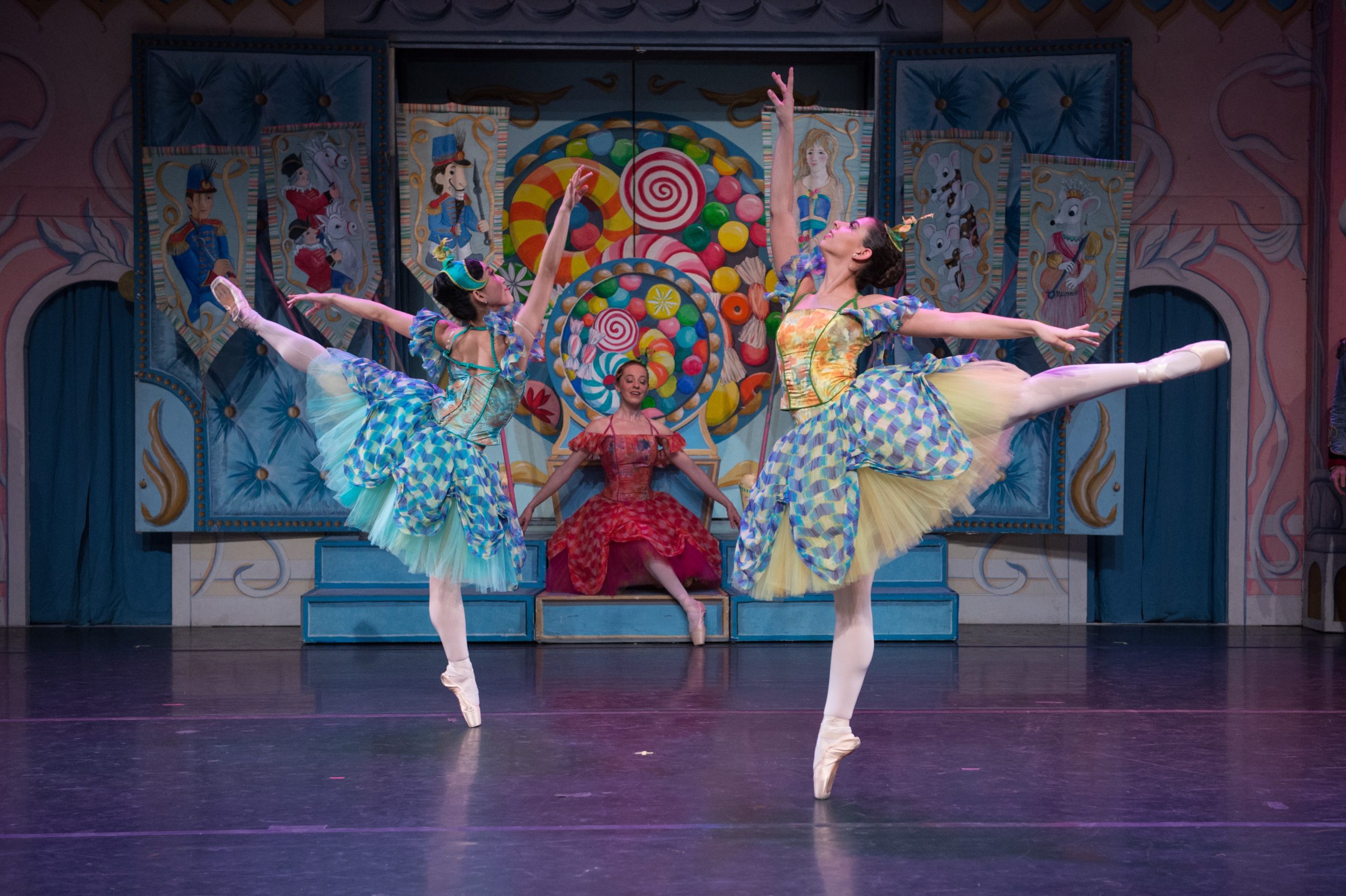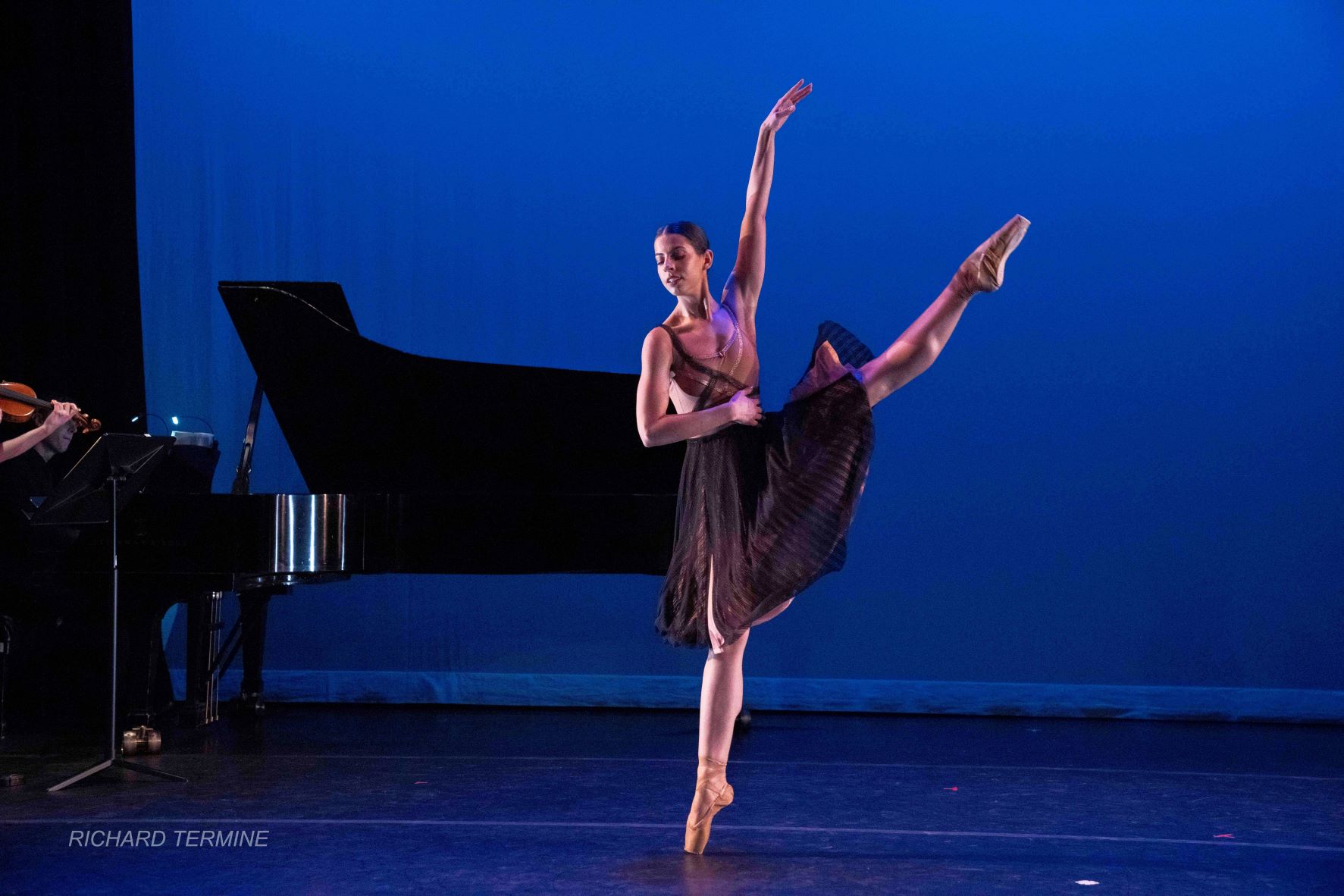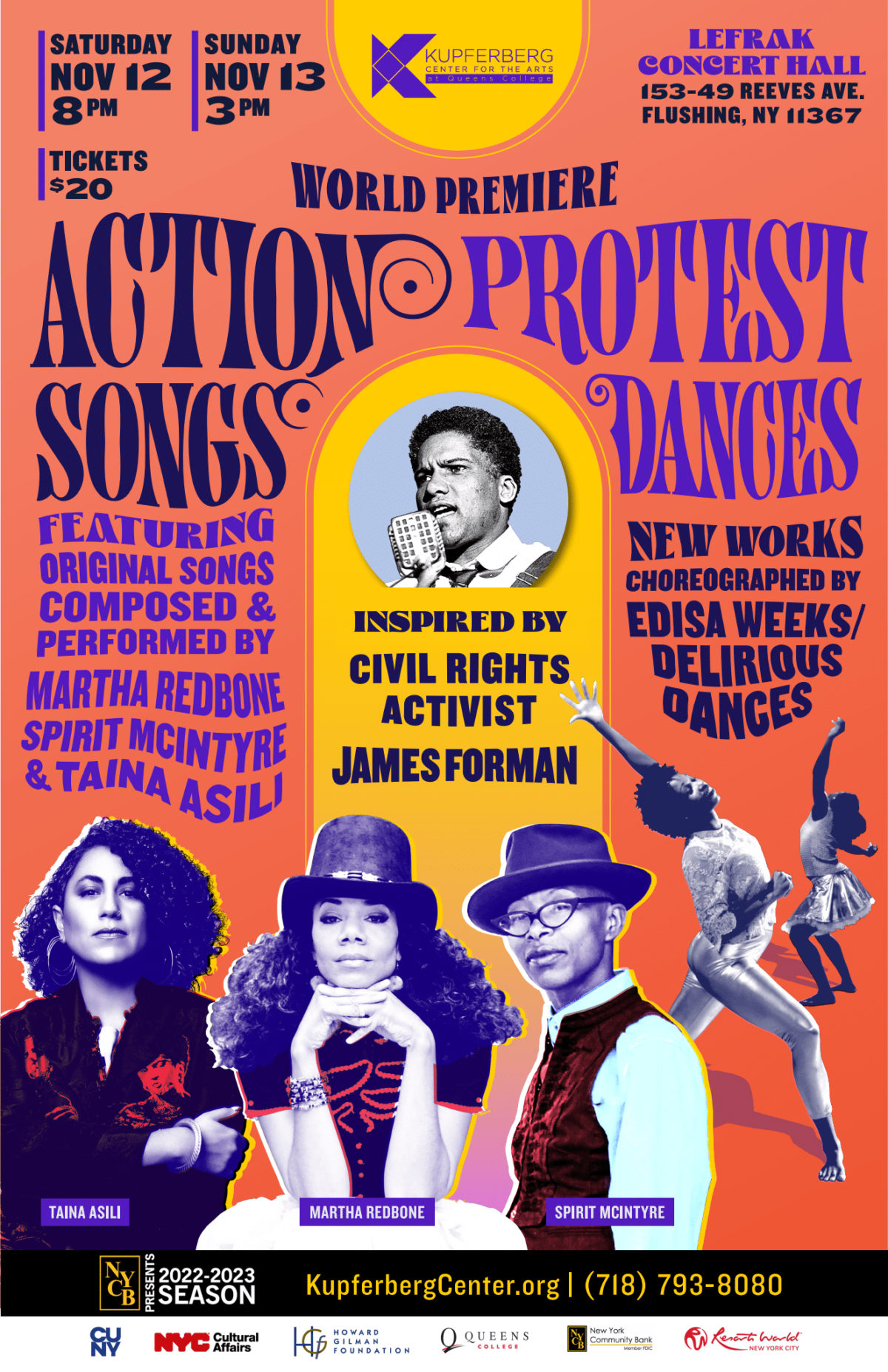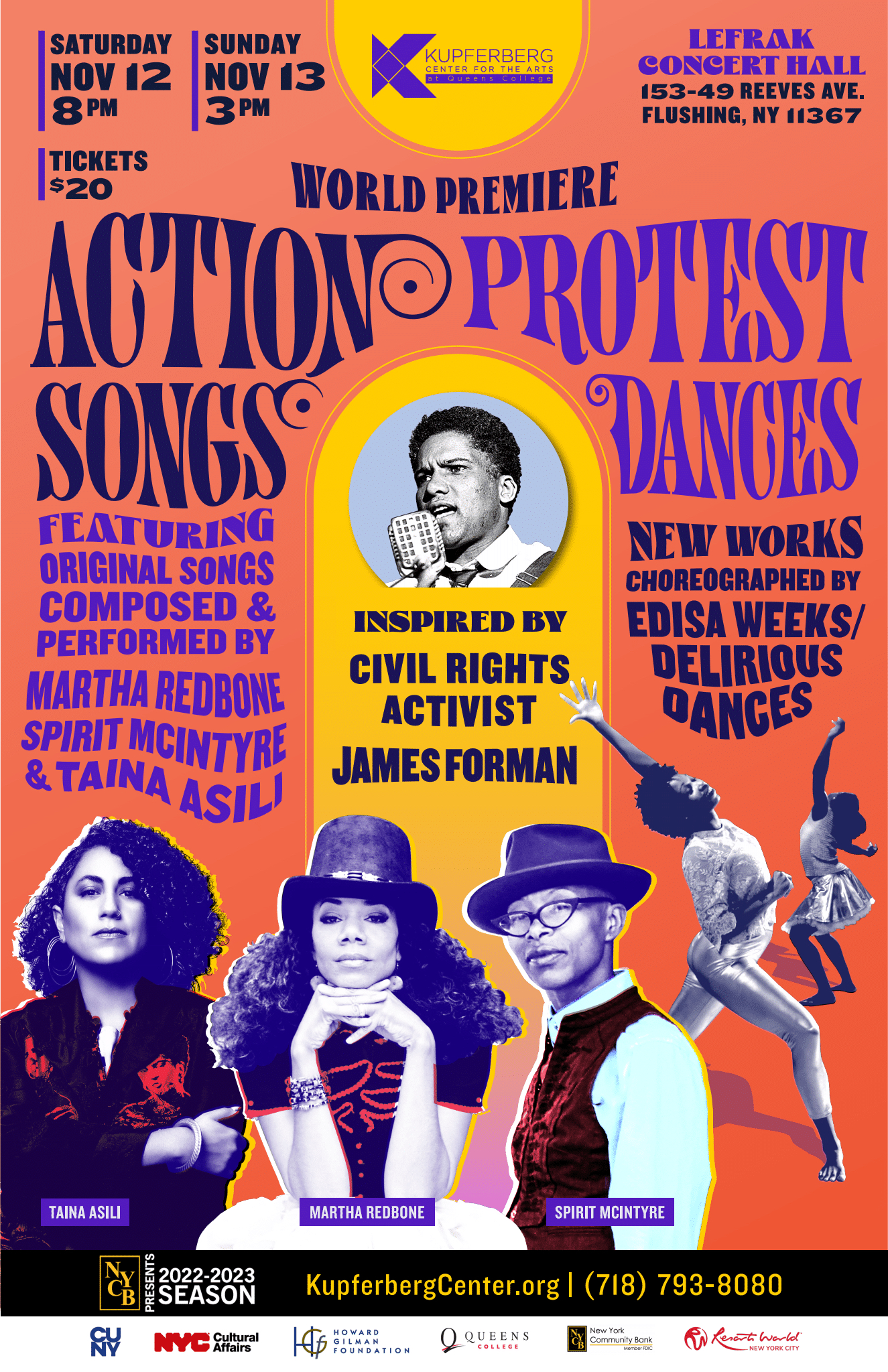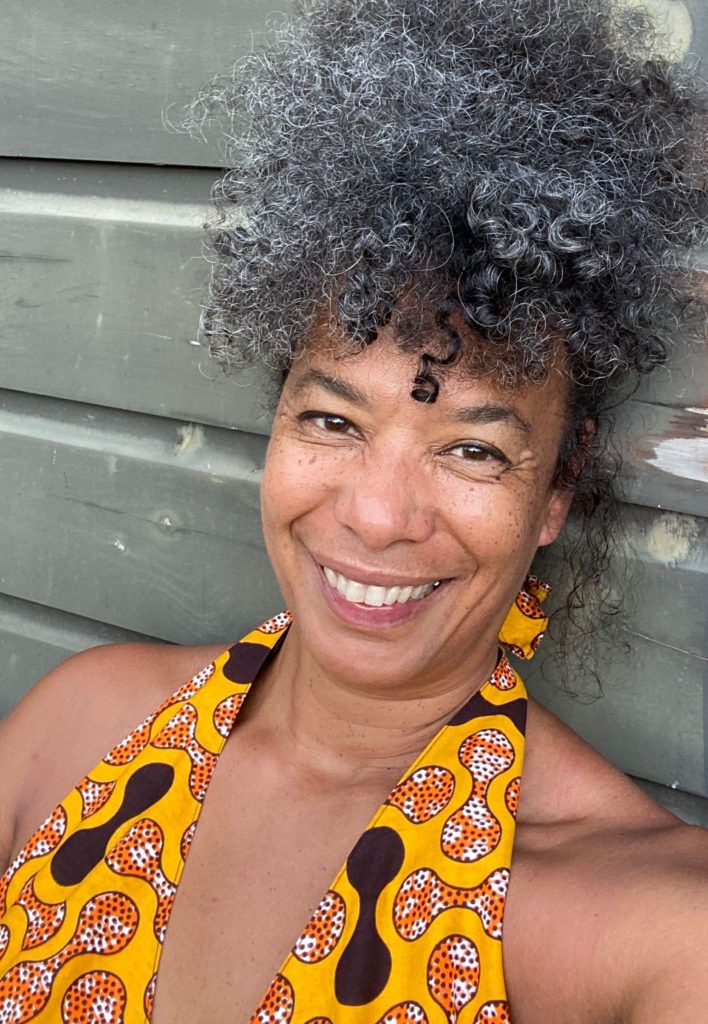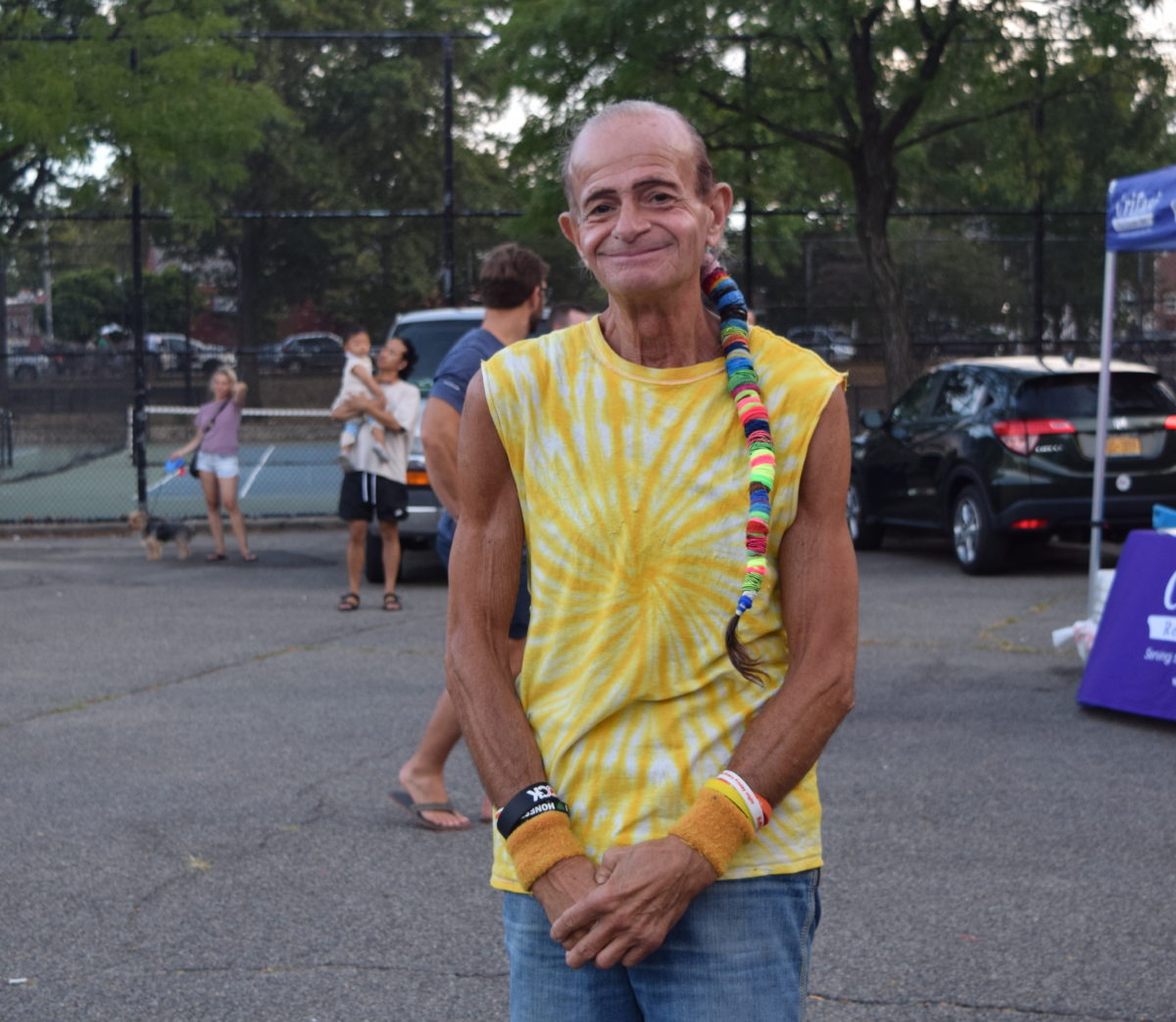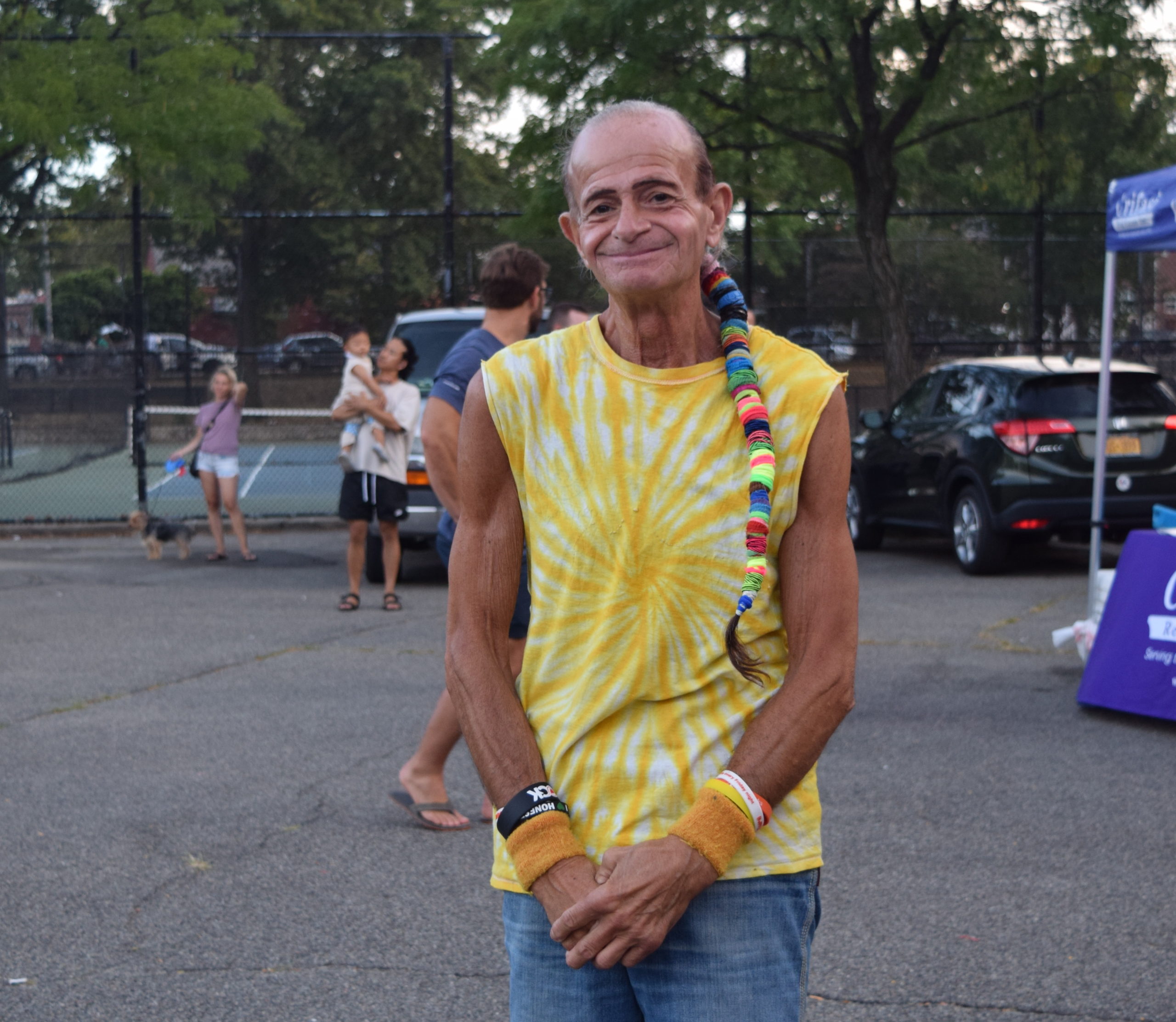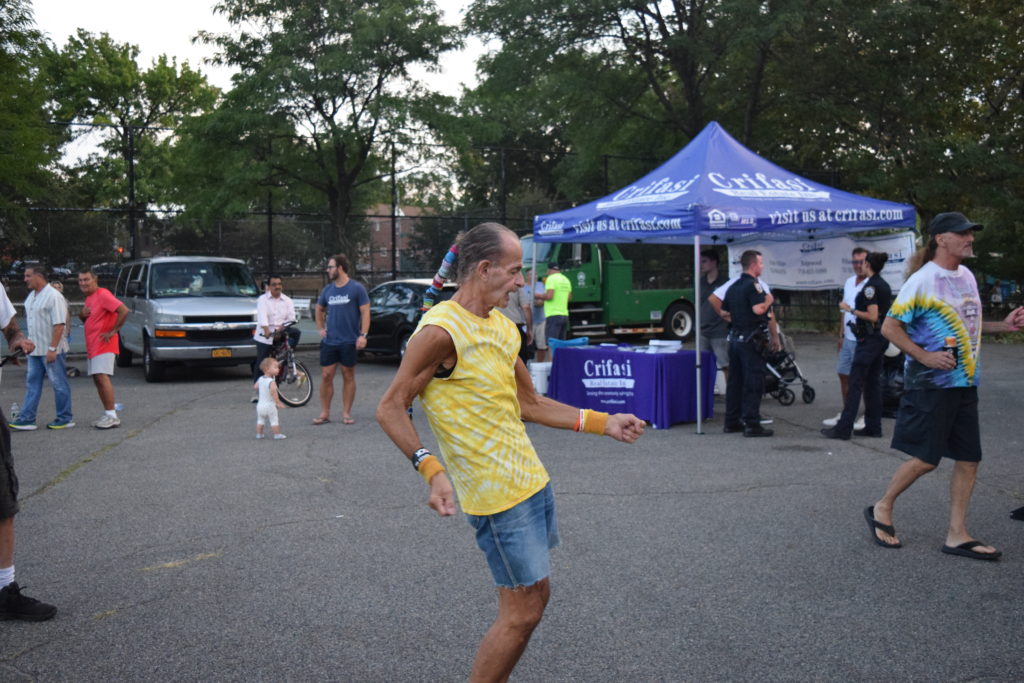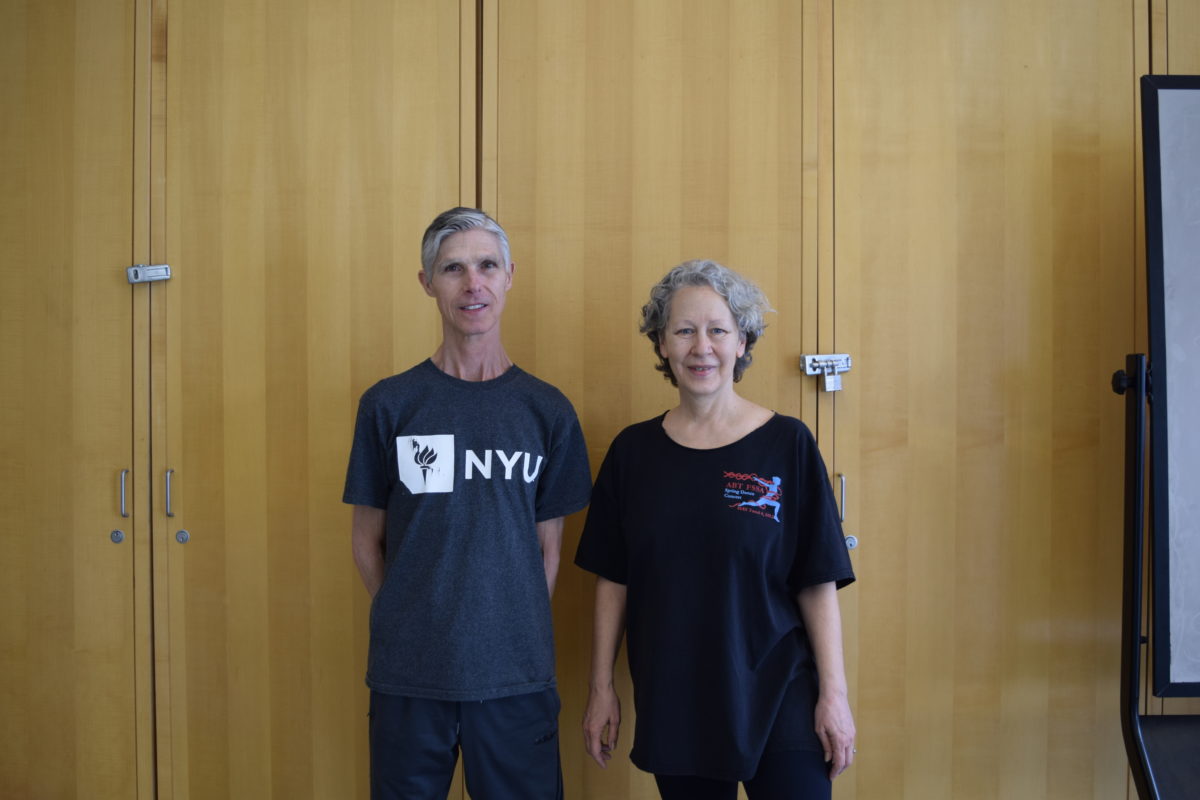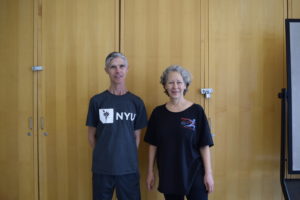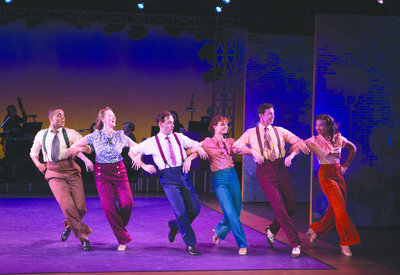Queens Native Climbs the Alvin Ailey Ladder
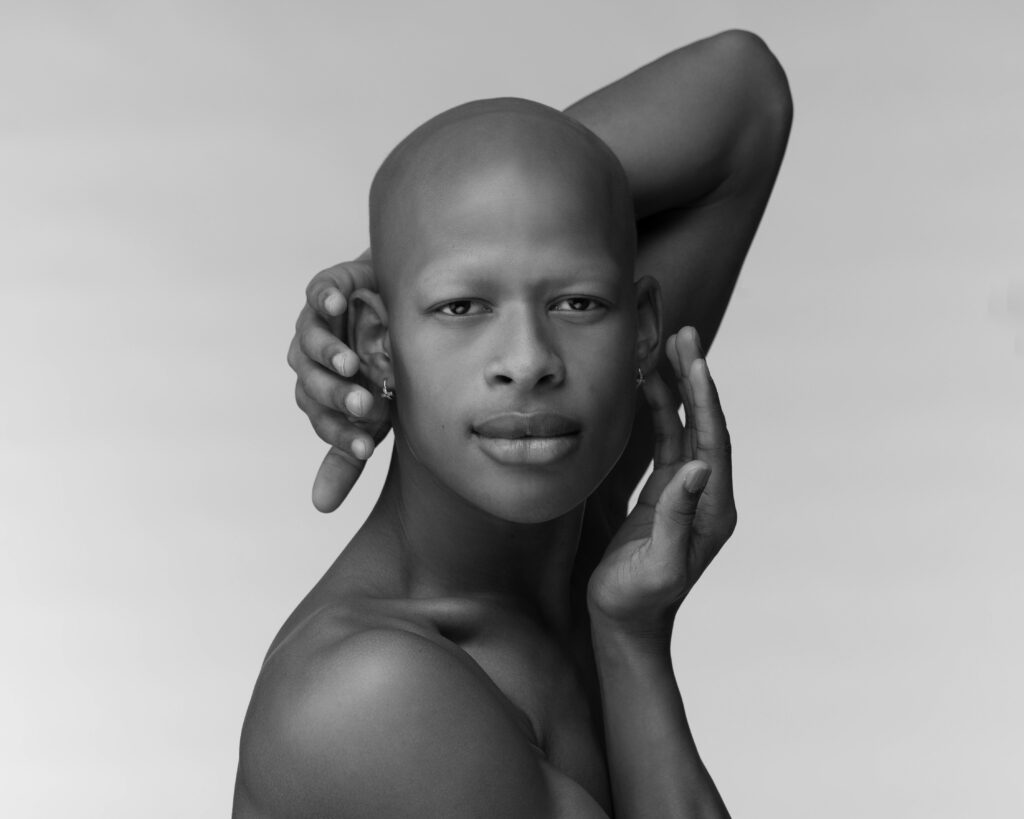
Patrick Gamble, first year member at Ailey ll. Photo by Nir Arieli.
By Iryna Shkurhan | ishkurhan@queensledger.com
At five years old Patrick Gamble put on his first pair of ballet shoes, and has since danced his way into a first year member spot at the critically acclaimed Ailey ll.
It’s rare for a professional dancer to have started as young as Gamble did. It’s even rarer to begin their professional career at the same company that they took their first dance lesson. Artistic Director, Francesca Harper, refers to this uniqueness as an “Ailey baby,” which she candidly used to describe Gamble and herself during a phone interview.
Gamble’s first glimpse inside an Ailey dance studio was on the sidelines as he watched his older sister and brother take lessons. Looking back at his early years, he recalls his grandmother dancing around the kitchen of the Cambria Heights home he still lives in. He credits those moments for waking up the dancer inside.
“It’s the one time that my mind goes quiet, because the choreography is in my body. And the music is connected to my body,” said Gamble during a phone interview. “So my music and my body are working as one and my mind has nothing to really do besides watch my fellow dancers.”
Today, Gamble is preparing for a two-week season at Ailey Citigroup Theatre after spending the past several months on tour. On March 22, New Yorkers will be able to see two programs, Poetic Motion and Empowered, composed of 14 performances crafted by an array of choreographers. He is currently in his first season with Ailey ll since earning his degree from the Ailey/Fordham BFA program with a double major in Art History
“As much time and care as I put into it, I want to be able to reflect on stage,” said Gamble. “We are ensuring that every show is going to be a great show.”
Alvin Ailey American Dance Theatre is widely known for popularizing modern dance around the world after it was founded by Alvin Ailey in 1958. Displaying the African-American experience through modern dance was a cornerstone of his vision. Ailey ll was developed later in 1974 to serve as a bridge between the classroom and professional stage for young dancers.
“At the moment, he’s with the Ailey company and I think, for historical reasons, for representation reasons, I get a tremendous amount of pride from that,” said Paul Gamble, Patrick’s father, who has lived in Queens for most of his life after immigrating from Panama at a young age.
“It took him a moment to believe in himself fully,” said Harper, who went from being Gamble’s teacher during his undergraduate studies to directing his professional debut. “But now he’s really starting to kind of open up and be more expansive, and unapologetic in his dancing.”
Gamble has also appeared on the television shows Saturday Night Live and Gossip Girl as a dancer. But in his appearance on HBO’s Random Acts of Flyness, he got to try his hand at acting, something Gamble hopes to pursue in the future.
He doesn’t shy away from bragging about his Queens roots and love for the borough he grew up in.
“I can go outside and see people that look like me,” said Gamble. “And then I can go to the next town or the next neighborhood over and see people that look nothing like you.”
In terms of his favorite spot, he says he frequents Brooklyn Wing House on Linden Boulevard “a little too much” for their Buffalo lemon pepper wings.
“Queens is definitely for the long run,” said Gamble when asked if he would live anywhere else.



